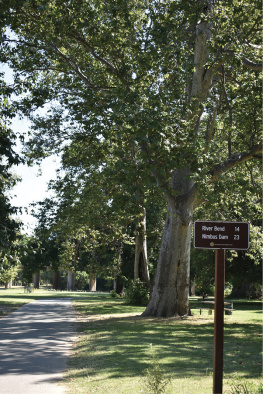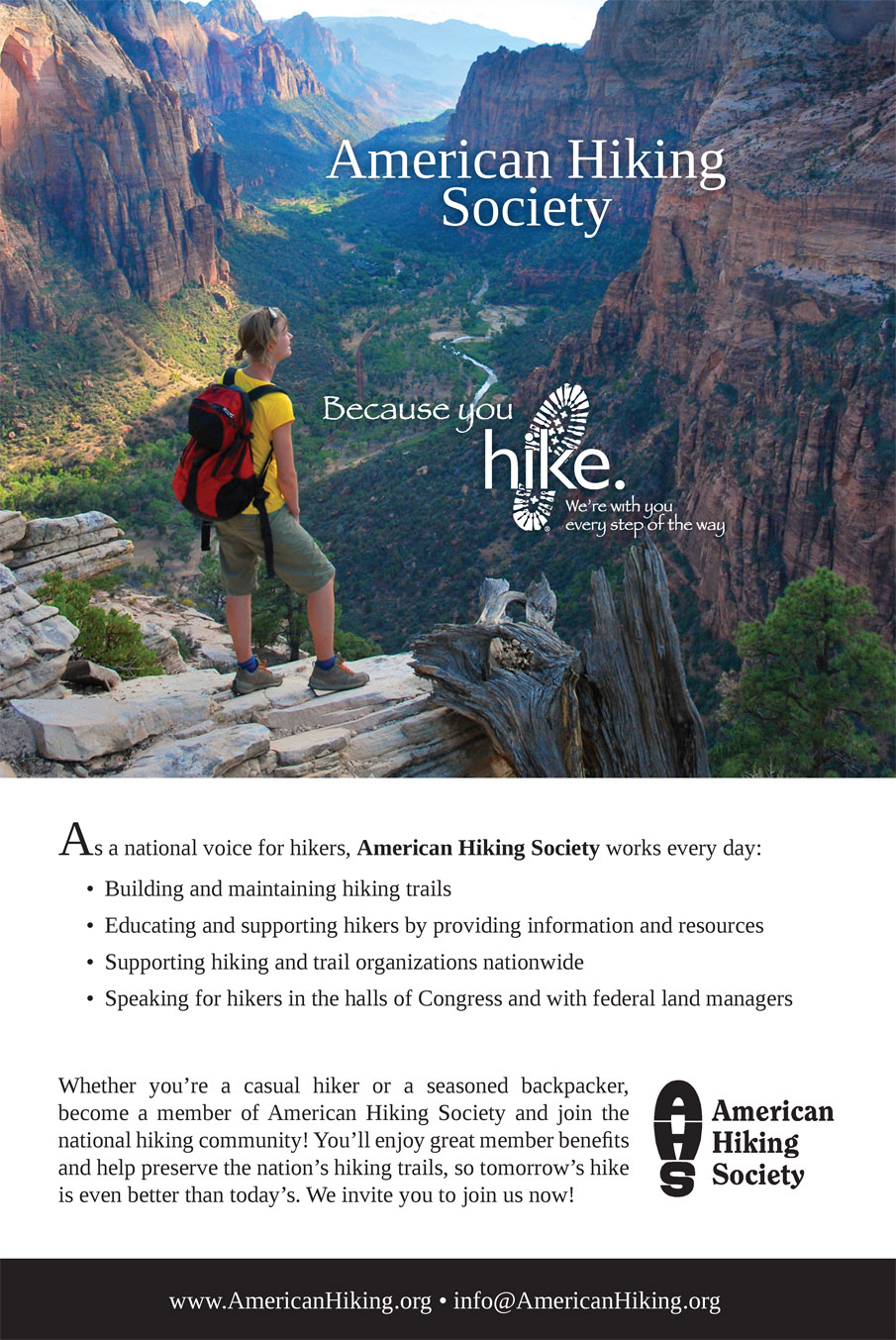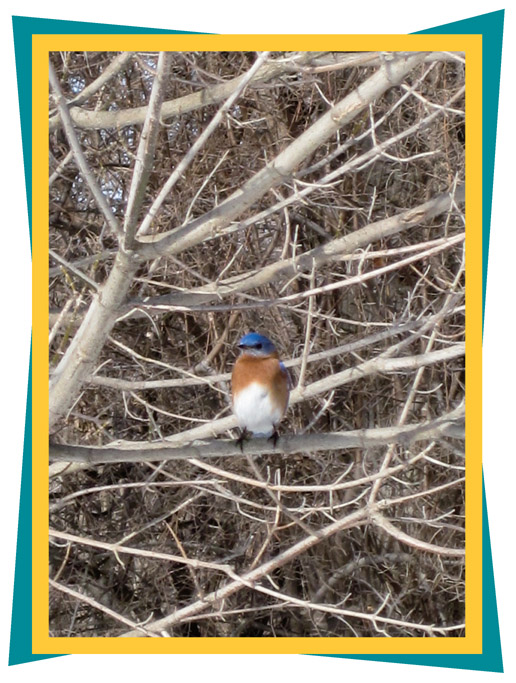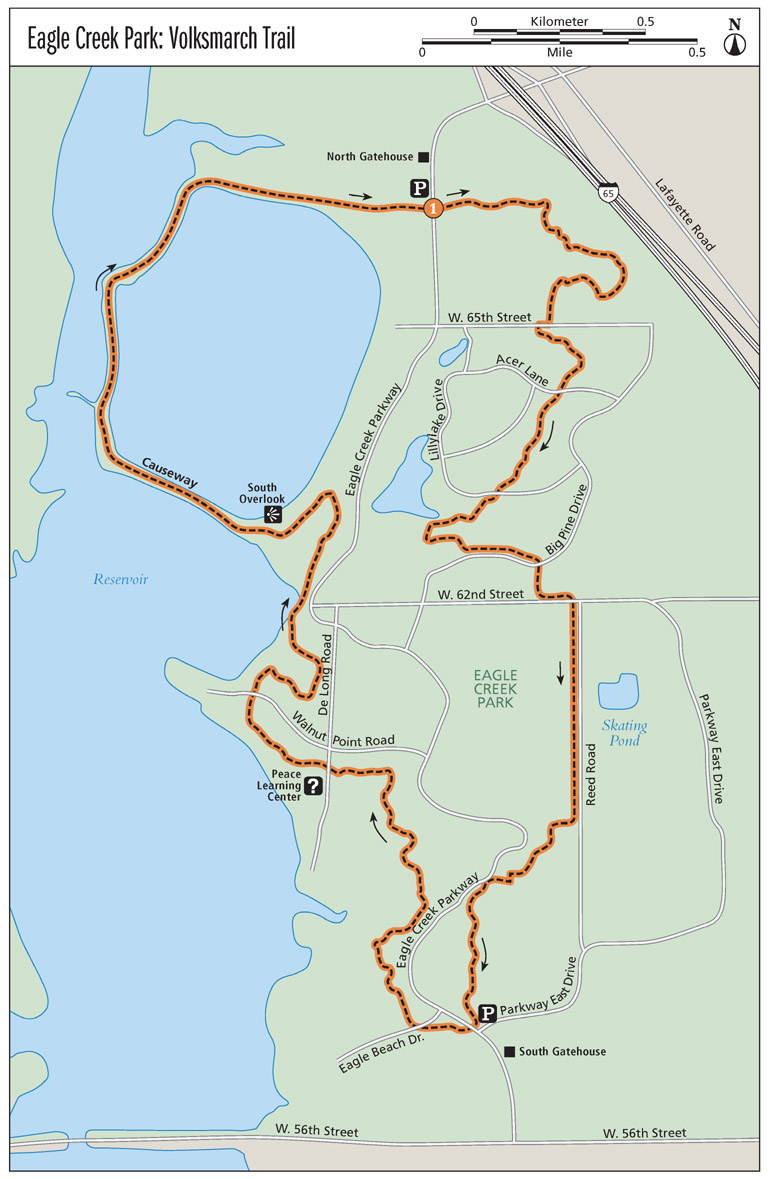About the Author
Nick Werner is a journalist and outdoorsman who grew up surrounded by nature in Brown County, Indiana, next to Brown County State Park. He currently lives in Muncie and works as a writer for the Indiana Department of Natural Resources. In addition to hiking, Nick enjoys fishing for smallmouth bass and kayaking. This is his first book.
Hikes near Indianapolis provide a wonderful landscape for your adventure.
Eagle Creek Park: volksmarch Trail
Hikers who live in Indianapolis dont even have to leave the city to experience one of the best trails in the state. The rugged Volksmarch Trail, in the citys 5,300-acre Eagle Creek Park, passes through woods, over lakeside bluffs, and ends at a bird sanctuary that is home to hundreds of species, from bluebirds to bald eagles.
Start: From the Volksmarch trailhead near the north gate off 71st Street
Distance: 6.8-mile loop
Hiking time: 2.5 to 3.5 hours
Difficulty: Difficult due to length and some hills
Trail surface: Mostly natural surface singletrack, with some park roads
Best season: Late Apr to early May, during peak bird migration
Other trail users: Joggers, cross-country skiers
Canine compatibility: Leashed dogs permitted
Fees and permits: Entry fee; no permit necessary
Schedule: Open daily from dawn to dusk year-round
Maps: Park maps available at gatehouses and the Earth Discovery Center. DeLorme: Indiana Atlas & Gazetteer: Page 38 G6
Trail contact: Eagle Creek Park, 7840 W. 56th St., Indianapolis, IN 46254; (317) 327-7110; www.indyparks.org
Finding the trailhead: From I-465 in Indianapolis, take exit 21 and head west onto 71st Street. Follow 71st Street for about 1.5 miles until it veers into the north entrance for Eagle Creek Park and becomes Eagle Creek Parkway. The trailhead is just a few dozen yards south of the North Gatehouse on the east side of Eagle Creek Parkway. Ample parking is available on both sides of road. GPS: N39 52.605' / W86 17.704'
THE HIKE
E agle Creek Park has about 4,000 acres of dry land, and hikers on the Volksmarch Trail will see a healthy portion of it as they loop through the woods from the North Gatehouse to the South Gatehouse and back. Much of the present-day park was pharmaceutical industrialist J. K. Lillys farm, nature preserve, and summer home from the 1930s through the 1950s. The ornithology center, overlooking the bird sanctuary, once served as Lillys private library, according to park naturalist Dawn Van Deman. Lilly donated the property to Purdue University, and in 1962 the university sold it to the city of Indianapolis.
Eagle Creek is one of the largest city parks in the country, ranking somewhere between fourth and twelfth, depending on how one defines city park. The park includes the largest tract of forest in Marion and surrounding counties. Every year half a million people visit the park, looking to escape the hustle and bustle of nearby city life.
An eastern bluebird perches on a tree in Eagle Creek Parks bird sanctuary area.
Eagle Creek is home to 10 miles of official trails, and perhaps dozens of miles of unofficial trails, side trails, and unmapped trails that crisscross the woods like a spiders web. The nearly 7-mile Volksmarch route is the easiest way for hikers to navigate through the park, as it is well marked andfor the most parteasy to follow. Look for the white markers with a blue stick man holding a walking stick. Difficult to navigate sections are explained in the Miles and Directions section below.
The trail starts in a tall pine grove, and traffic noise from nearby I-65 is a reminder that you arent far from civilization. But as the hike turns away from the highway, beech, maple, tulip poplar, ash, and cherry trees take over the landscape and the experience becomes much more serene. Even though Volksmarch is inside Indianapolis city limits, the hike experience is reminiscent at times of some of the destination trails in the heavily forested southern part of the state.
At 2.7 miles youll reach the south gate. A little under a mile later the Volksmarch Trail turns toward the shoreline of Eagle Creek Reservoir, and you will get your first view of the lake from the steep bluffs that rise above it. The city built the reservoir for recreation, nature preservation, flood control, and as a water supply. Construction on the reservoir dam started in 1966 and finished in 1969. The lake opened in 1972, and in 1994 it hosted the World Rowing Championships.
Around 5 miles from the trailhead, you will cross the narrow causeway that separates the bird sanctuary from the rest of the reservoir. The bird sanctuary, once a gravel pit, is now one of the most visited bird-watching sites in Indiana. Throughout the year, Eagle Creek is home to 260 of the 400 bird species found in the state. The most common species found in the park in 2010 were the northern cardinal, the red-eyed vireo, and tufted titmouse. But the park is also home to more uncommon species, such as the bald eagle and the American woodcock. The watery sanctuary is especially popular with blue herons, great egrets, kingfishers, and other migratory birds. During peak migration season in the spring, one hundred species share the sanctuary.
Eagle Restoration
The bald eagle was designated as the national bird in 1782, but by the midtwentieth century the species was endangered nationally and statewide. Loss of wetland habitat, overhunting, and use of the now banned pesticide DDT had caused eagle populations to decline fast. In 1985 the Indiana nongame and endangered wildlife program began the Bald Eagle Reintroduction Project. Over the next four years, the program introduced seventy-three eaglets to Indiana from Wisconsin and Alaska, placing them on a secluded bay on Lake Monroe near Bloomington. By 1991 the birds were successfully nesting. The state now has recorded one hundred pairs of nesting eagles, and in 2007 the eagle was removed from the states endangered species list. Fittingly, eagles are now becoming more common at Eagle Creek Park, where they fish and prey on ducks and other birds.
MILES AND DIRECTIONS
0.0 Start from the trailhead near the North Gatehouse and head east. Follow the Volksmarch trail markers to navigate several early trail junctions.
1.0 After ascending a small hill, youll notice another trail off to the left and a wooden marker that says NE6 on the right. Continue straight on the Volksmarch Trail.
1.3 After turning away from Lilly Lake, you will approach Big Pine Drive. Follow the Volksmarch trail marker to the left and continue down Big Pine Drive, looking for the next Volksmarch trail marker on the opposite side of the road.

















